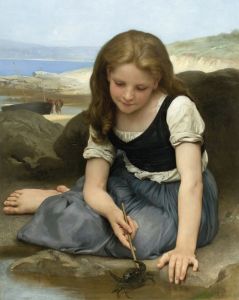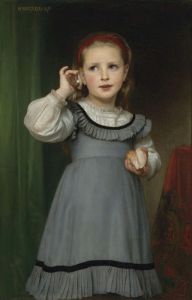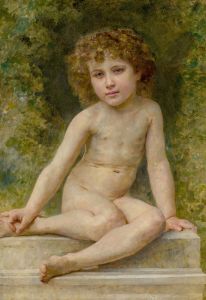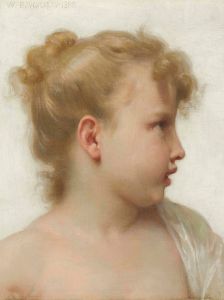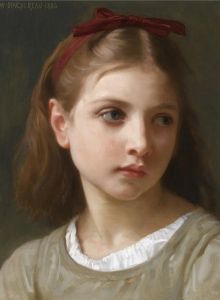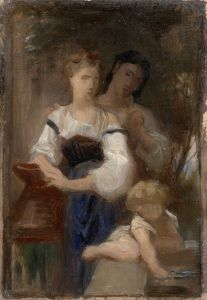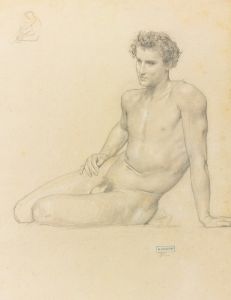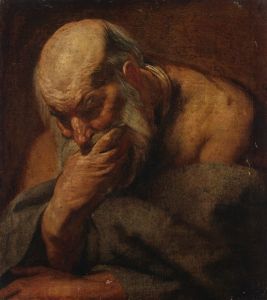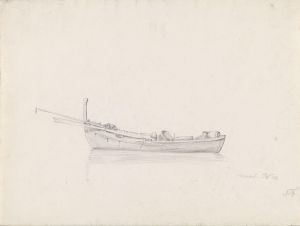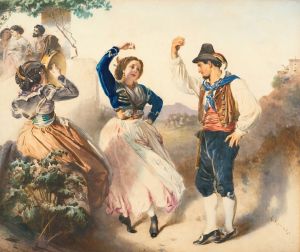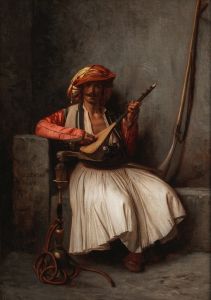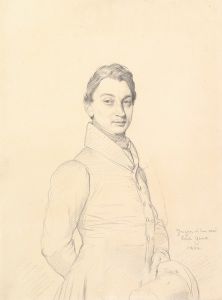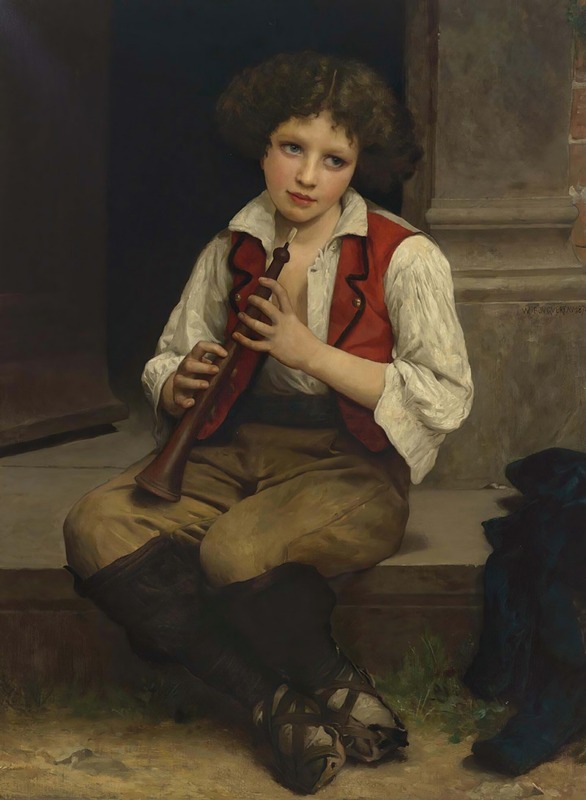
Pifferaro
A hand-painted replica of William Bouguereau’s masterpiece Pifferaro, meticulously crafted by professional artists to capture the true essence of the original. Each piece is created with museum-quality canvas and rare mineral pigments, carefully painted by experienced artists with delicate brushstrokes and rich, layered colors to perfectly recreate the texture of the original artwork. Unlike machine-printed reproductions, this hand-painted version brings the painting to life, infused with the artist’s emotions and skill in every stroke. Whether for personal collection or home decoration, it instantly elevates the artistic atmosphere of any space.
"Pifferaro" is a painting by the renowned French artist William-Adolphe Bouguereau, created in 1870. Bouguereau, born on November 30, 1825, in La Rochelle, France, was a highly influential academic painter known for his realistic genre paintings and his skillful depiction of the human form. His works often featured mythological themes, religious subjects, and scenes from everyday life, rendered with meticulous attention to detail and a polished finish.
"Pifferaro" is a prime example of Bouguereau's ability to capture the essence of his subjects with both technical precision and emotional depth. The painting depicts a young pifferaro, or Italian shepherd musician, playing a piffero, a traditional woodwind instrument similar to an oboe. The term "pifferaro" refers to these itinerant musicians who were commonly seen in Italy, particularly during the Christmas season, playing pastoral tunes.
In this painting, the young musician is portrayed standing, dressed in rustic clothing that reflects his humble background. He wears a simple hat and a cloak, and his expression is one of serene concentration as he plays his instrument. The background of the painting is relatively plain, which serves to focus the viewer's attention on the figure of the pifferaro and his activity. Bouguereau's use of light and shadow enhances the three-dimensionality of the figure, making him appear almost lifelike.
The painting is notable for its detailed rendering of textures, from the rough fabric of the boy's clothing to the smooth surface of the piffero. Bouguereau's mastery of anatomy is evident in the naturalistic depiction of the boy's hands and face. The artist's ability to convey the innocence and simplicity of the young musician's life is a testament to his skill in capturing human emotion and character.
"Pifferaro" reflects Bouguereau's interest in depicting rural and peasant life, a theme that was popular among many 19th-century artists who sought to romanticize and idealize the simplicity of the countryside. This painting, like many of Bouguereau's works, combines a sense of realism with an idealized portrayal of its subject, creating a timeless and evocative image.
William Bouguereau's works were highly acclaimed during his lifetime, and he received numerous awards and honors, including membership in the prestigious Académie des Beaux-Arts. Despite a period of decline in his reputation during the early 20th century, Bouguereau's work has experienced a resurgence of interest and appreciation in recent decades. Today, "Pifferaro" is considered an important example of Bouguereau's oeuvre and is admired for its technical excellence and emotional resonance.
The painting is part of the collection of the Musée d'Orsay in Paris, which houses many of Bouguereau's works. The Musée d'Orsay is renowned for its extensive collection of 19th-century art, including masterpieces by artists such as Édouard Manet, Claude Monet, and Vincent van Gogh. "Pifferaro" continues to be appreciated by art enthusiasts and scholars alike for its beauty and the insight it provides into Bouguereau's artistic vision and the cultural context of his time.





